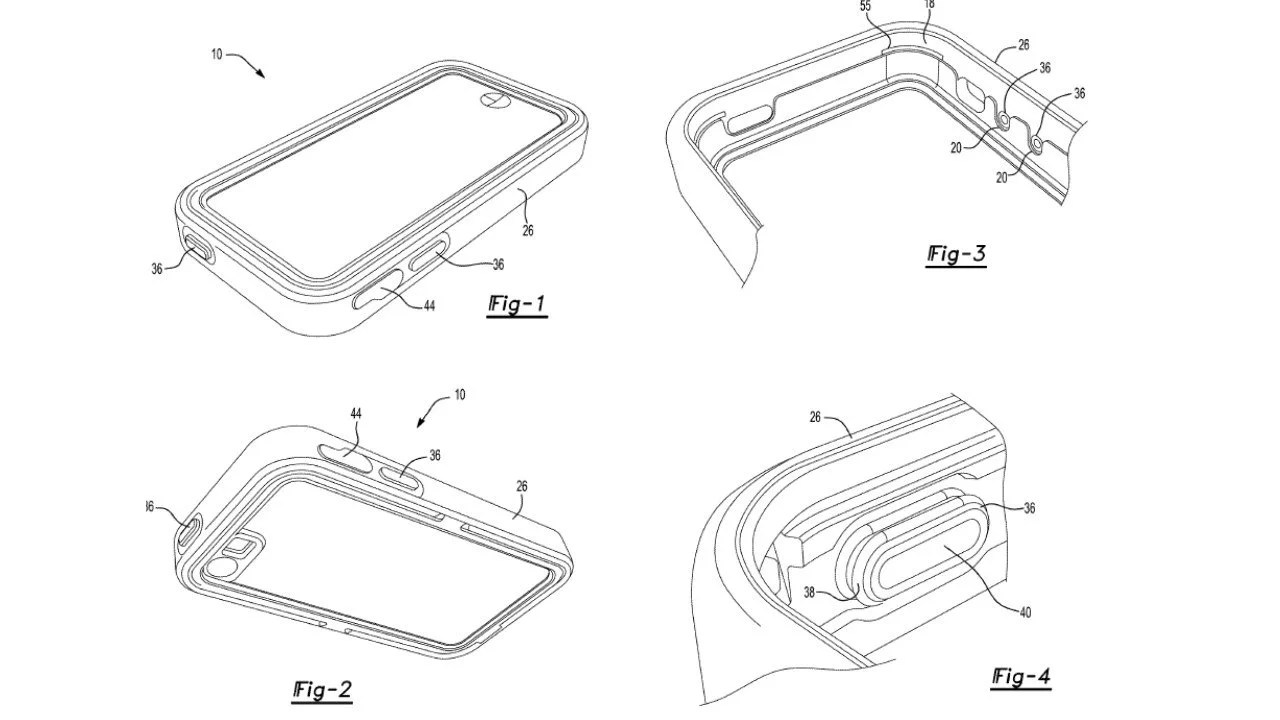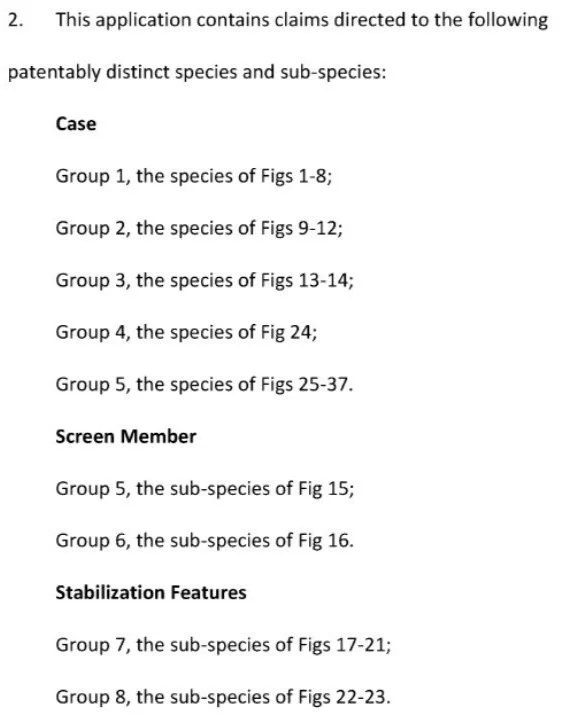A while back (in 2018), we presented a blog post (link here) that discussed how examiners sometimes improperly utilize Rule 83(a) (that the drawings must show all claimed elements) to exclude consideration of drawings of non-elected embodiments when evaluating drawing compliance. As explained in that post,
Sometimes, even when the drawings do show all that is required, examiners with a bias toward rejecting applications (improperly) use Rule 83(a) to make life needlessly difficult for applicants … some examiner argue that if there was a restriction requirement, then the non-elected figures cannot be used to satisfy Rule 83(a).
In a similar vein, some examiners sometimes also improperly assert that non-elected embodiments cannot be used to for 112 support of elected claims. To be sure, there is no such rule anywhere in the CFR, MPEP, or case law. But that does not stop some examiners. Even so-called “Quality Assurance Specialists” (QAS) that sit in as a third member on appeal conferences seem to support examiners who make these improper assertions. Today we review exactly this issue in a case on appeal before the PTAB where, sure enough, the QAS was on an appeal panel that sent the rejection off to the Board.
The case is Appeal 2022-003912, Application 16/047,519. The invention relates to a water tight case for a mobile phone. FIGS. 1-4 from the application is shown below

Claim 5 on appeal is reproduced below:
A protective case for an electronic device, the protective case comprising:
a case member, the case member including holes formed therein for allowing interaction with a device positioned within the case member, the case member including inner and outer
surfaces, the outer surface including cavities, wherein each cavity of the cavities surrounds a respective hole of the holes;
separate button features assembled to the case member;
a lid, the case member and the lid removably joined to define an air and water tight volume receiving the device;
wherein at least one button feature of the separate button features includes a button disposed within a respective cavity of the cavities of the case member and a flexible membrane secured to a portion of the inner surface of the case member around a respective hole of the holes, the at least one button being movable along an axis orthogonal to a direction in which the portion of the inner surface of the case member extends from a first position through to a second position and the flexible membrane biasing the at least one button in the first position, the at least one button being shaped to transmit a force directly to the underlying device and displace the flexible membrane so that the flexible membrane undergoes elastic deformation, but is still secured against the inner surface of the
case member around the respective hole of the holes, to toggle the device
The examiner set forth a slew of 112 written description rejections of various claim terms (11 of them in total). The examiner used the restriction to boostrap the 112 rejection, asserting that support for these terms that was found in the description of non-elected figures could not be used to support the claims.
Turning back to the original restriction, it states:

The applicant elected Groups 3, 5 (the second 5 presumably), and 7. Surprisingly, the applicant elected “without prejudice” which was interpreted as “without traverse.” Nevertheless, later during prosecution, the examiner used the restriction to only consider the elected figures (and corresponding description in the specification) in terms of support. For example, the examiner explained that “the problem is that there is no description of [claimed features] in the specification text or in elected Figs 13-14 …”. The examiner provided no support in the statute, CFR, or even MPEP, for this position.
The applicant eventually appealed to the PTAB. In addition to referring to some of the examiner’s arguments as “decidedly unpersuasive”, the Board provided a clear statement that it is not proper to use a restriction to limit the available region of the specification in terms of written description support (citations omitted, emphasis added:
During prosecution, Appellant’s application was subjected to a restriction requirement and, in response thereto, Appellant elected to proceed with prosecution of the species depicted in Figure 13–14 of the Application. The Examiner’s rejection errs, in part, from looking only at selected portions of the Specification and drawings for written description support for the elected species. It is clear from reading the Specification that the elected species shares many features in common with non-elected species such that description of certain aspects of non-elected embodiments of the invention inform the reader as to what is also commonly disclosed in the elected species.
So, do not let an examiner limit your ability to argue for claim support in the specification by improperly using a restriction.
And this also brings up a drafting tip – in the case where different embodiments are shown but there are also commonalities, it can be helpful to explicitly mention that some elements or features are shared among the embodiments (and this might also help if you want to traverse/petition the restriction). And while you are at it, mention how you might combine features from different embodiments in case you ever want to claim features from two different embodiments together.

Leave a comment